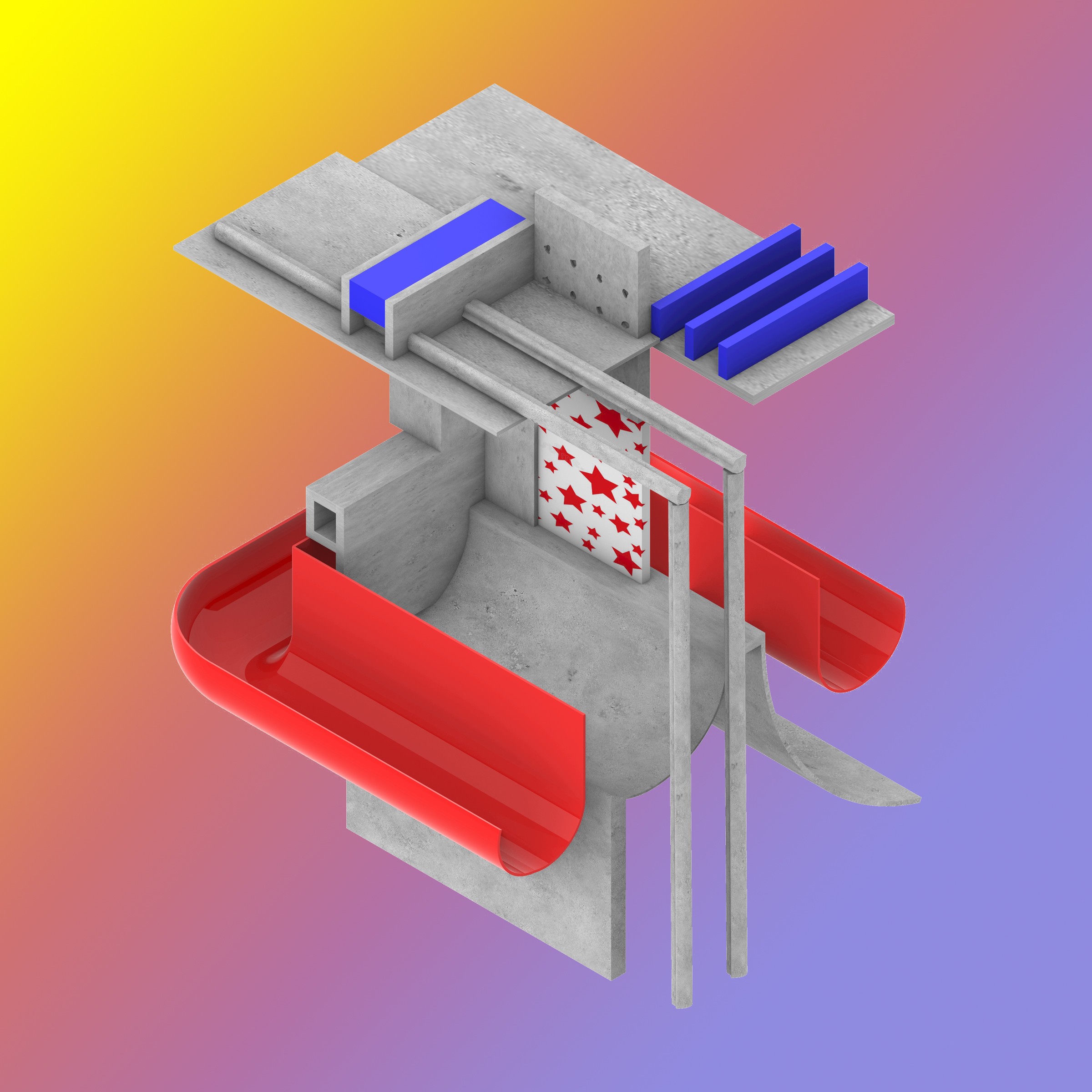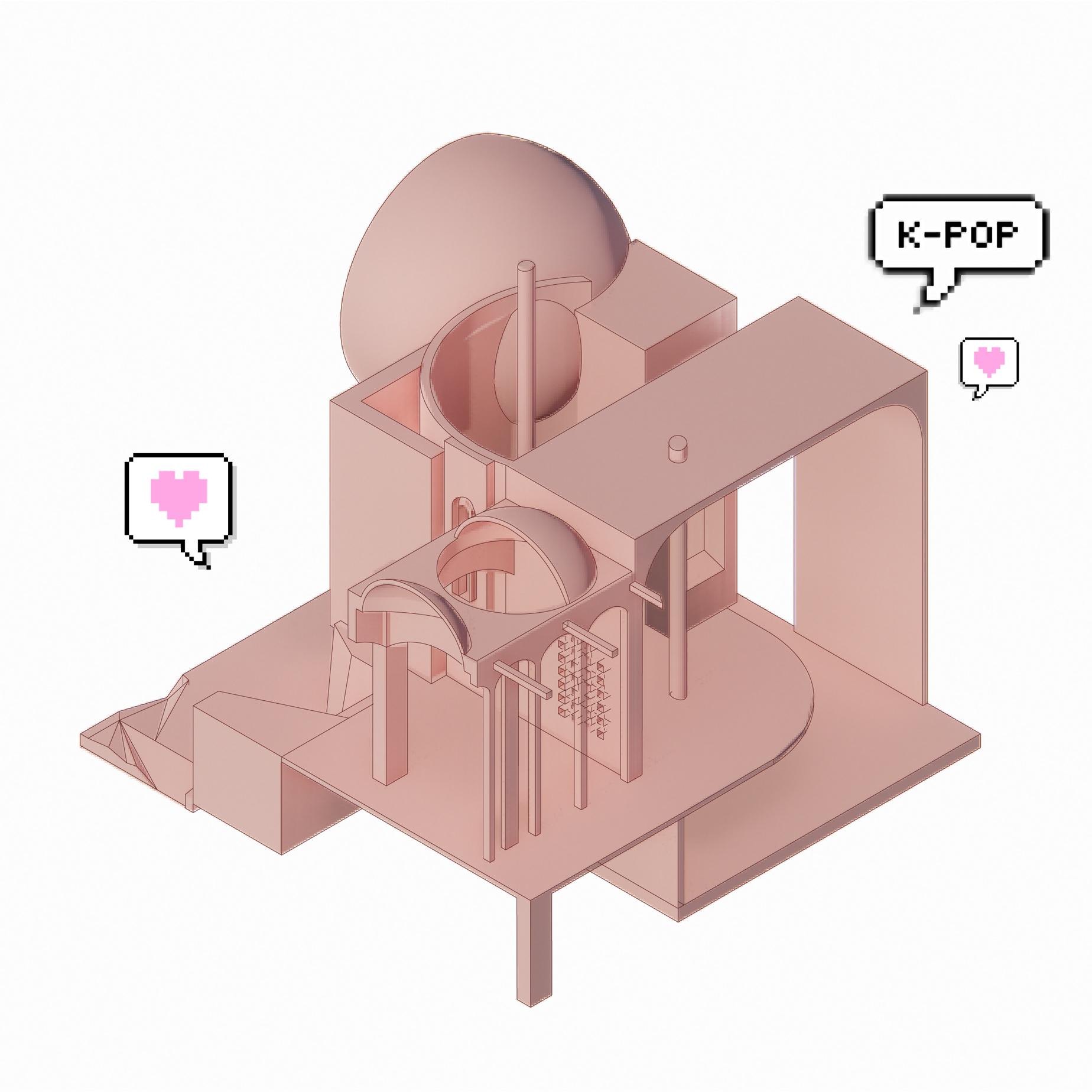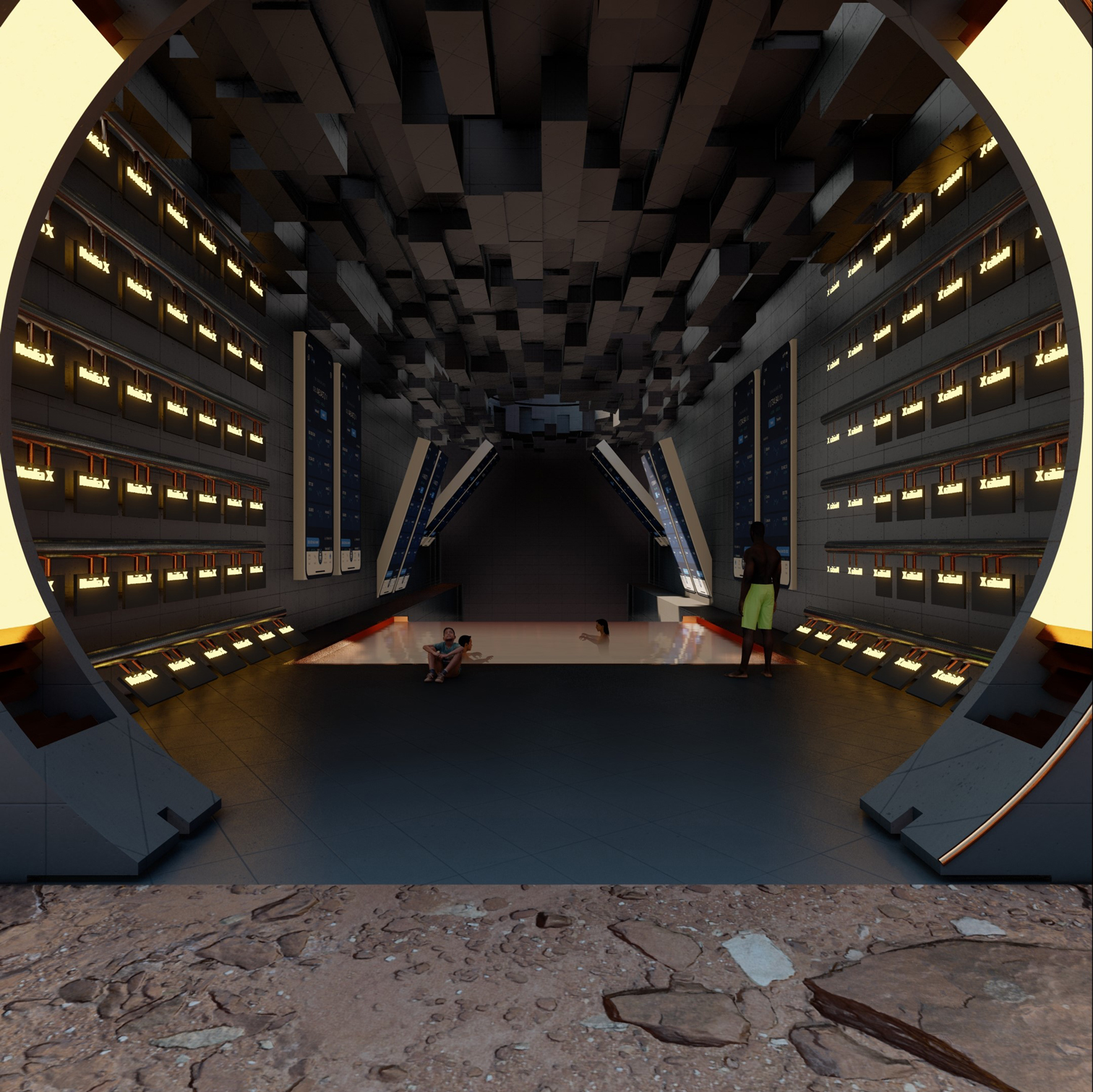I AM A MEME
SUMMER TERM 2022
UNDERGRADUATE DESIGN STUDIO
@ ./STUDIO3 - INSTITUTE FOR
EXPERIMENTAL ARCHITECTURE
UNIVERSITY OF INNSBRUCK, AUSTRIA
︎ SUPERVISORS | SO@P (UWE BRUNNER & DOMINIC SCHWAB), URSULA PFLIGERSDORFFER, ANNA POMPERMAIER ,CHRISTIAN DUMMER, JONA WOLF, FLAVIA MAZZANTI, MANUEL BONELL.
︎ STUDENTS | LENA FRITSCH, SELINA FÜRHAPTER, LARA KAUFMANN, CHIARA KOCH, LUCA TANNER, BASMA EBRAHIM, CHRISTOPH KOGL, LUKA GJORGJEVIKJ, BAUMANN NIKLAS, NEY MAXIMILIAN NIKOLAUS, JUNGMAIR LENA ANNA, ABD ELDAYEM FATIMA, BÄRTLE OSKAR GREGOR, FIEGL THERESA, GOSALCI ARIANA, KOPP JANA, MÄRKL VIKTORIA, MAST FELIX MARIA KARL, NÄGELE ELIAS, RINNER DANIEL, SCHWARZ ARTHUR, STEINER ALEXANDRA, VAN DER SPEK LUCAS CASSIAN, BERWANGER ANNA-VICTORIA, EDER MAGDALENA, EICHLER DAVID, FEICHTINGER TIM OSCAR, GASSE JULIA, HAAS KILIAN PETER, HARRASSER IRA, HUBER LEA, KRETSCHMER EMILY SOFIE, LIEB ALINA, MAGER GRETA SOPHIE, SITZENFREY JENNY, SKRCENA CHRISTINA, STRASSENBERGER HANNA, ÜBERBACHER ANGELINA, ABD ELDAYEM FATIMA, ADLER FRANZ, ALBRECHT TOBIAS RALF, FISCHNALLER BENJAMIN, FÜRHOLZER ROXANE BADA MOON, MICHELS YVES, PATSCHEIDER LIA, PRANGER RENE, RACHBAUER JONAS, RIETZLER KILIAN ANTON JOACHIM, SOMERHOLTER CORINNA MARIE, THORSEN ALEXANDER SANNES, VALLE SIEBER DOMINIK.
︎ PRESS & LINKS | ./STUDIO3, INSTAGRAM.
Through cultural practices of copying, sampling, mixing, recoding, and sharing, memes evolve into assemblages of cultural expression. As a significant portion of our social activities has shifted to virtual realms, memes have emerged as one of the most creative and vibrant forms of digital communication in recent years.
Today, memes serve as powerful tools for engaging with reality. They are not detached from societal conditions but rather reflect them in multiple ways. Social conditions are often made visible through memetic output.
Memes always engage with culturally preformed objects and content. Mimetic expressions are often ironic and playful. With intertextuality as a foundational principle, new semantic relationships are assembled, layered, overlaid, and continually rearranged from references and cross-references.
Memes are instruments to not only make realities visible but also to expand them.











































































The aim of the design studio was to appropriate the production model of meme culture as a transformative method for iconographic architectural realities, thereby approaching speculative architectural practice in the context of the current internet and communication culture.
Following a postmodern paradigm, students’ task was to develop an architectural vocabulary through the method of ‘sampling.’ The derived catalogue of architectural samples collided with the specificities of various communities or subcultures, provoking a new architectural language that referentially drew upon a layering of tectonic, decorative, and functional elements.
The design process was characterized by serial and iterative work; the question of authorship increasingly receded into the background, seemingly dissolving within the collective of groups by the end of the semester. A playful approach to the composition of geometry, texture, ornament, object, and function took center stage. Impulsiveness and naivety as design catalysts contributed to refreshing authenticity.
Just like the cultural practice of memes, architecture became a reflection of the present, thereby regaining the ability to achieve distinctive autonomy as a measure of our time.
